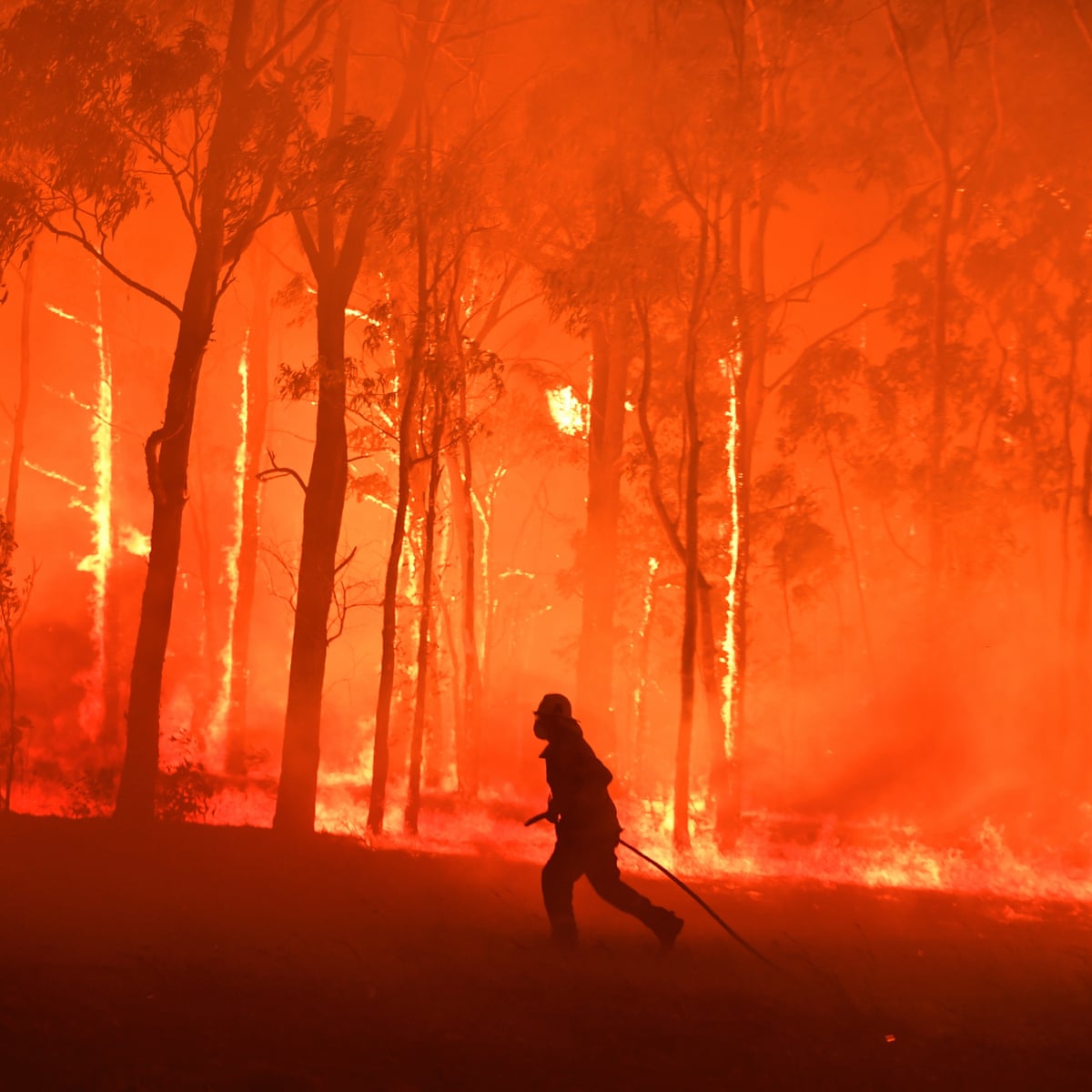Beyond Compliance: Enhancing Residential Or Commercial Property Security with a Thorough BAL Report Analysis
Beyond Compliance: Enhancing Residential Or Commercial Property Security with a Thorough BAL Report Analysis
Blog Article
Just How BAL Record Impacts Bush Fire Defense Steps
In the world of bush fire defense, the Structure Attack Degree (BAL) report stands as an essential tool that substantially affects the security and durability of residential or commercial properties in fire-prone locations - BAL Report. The impact of a BAL evaluation prolongs much beyond plain paperwork; it works as the cornerstone for determining the suitable building criteria and fire security measures required to alleviate the threats posed by bushfires. As communities come to grips with significantly extreme fire periods, comprehending just how the BAL record shapes these safety measures becomes vital for building contractors, policymakers, and property owners alike
Recognizing the Bushfire Strike Degree

Importance of BAL Report Evaluation

Moreover, the BAL report assessment works as a fundamental action in complying with legal responsibilities and needs connected to bushfire defense. Regional councils and authorities commonly mandate the entry of a BAL record as component of the preparation and building approval process to guarantee that residential properties are sufficiently guarded versus bushfire risks. Failing to conduct a complete BAL record analysis can cause poor defense measures, leaving residential or commercial properties vulnerable to ruining bushfire cases.
Building And Construction Requirements Based Upon BAL
A detailed understanding of the Bushfire Assault Level (BAL) allows home proprietors to carry out building requirements tailored to their specific threat profile. Building and construction criteria based on BAL are important in minimizing the influence of bushfires on properties. The BAL rating classifies the prospective danger a home encounters throughout a bushfire on a scale from BAL-Low to BAL-FZ (Flame Area)
Applying Fire Security Steps
With the foundation of construction standards based upon Bushfire Assault Level (BAL) in position, the emphasis now shifts top article in the direction of the functional implementation of fire defense measures to strengthen residential properties against bushfire threats. Applying fire security measures entails a combination of passive and energetic approaches to improve the resilience of structures in bushfire-prone areas. Easy steps include utilizing fire-resistant structure products, mounting cinder guards on vents, securing spaces in wall surfaces and roof coverings, and preserving a clear space around the residential or commercial property without flammable plants. Active actions include having firefighting tools readily offered, such as hoses and water pumps, in addition to creating a defendable space around the residential property by getting rid of greenery and having a properly maintained yard. content Furthermore, establishing an emptying strategy and guaranteeing all citizens know emergency treatments are vital elements of effective fire protection actions. By integrating both passive and energetic methods, properties can dramatically lower their vulnerability to bushfire incidents and enhance the safety and security of occupants.
Safeguarding Houses Versus Bushfires
Efficiently securing homes against the destructive influences of bushfires requires a positive and comprehensive technique to fire protection procedures. Property owners residing in bushfire-prone locations must focus on the execution of different strategies to boost their property's durability versus wildfires. One fundamental element is creating a defensible area around the home by keeping a clear zone without navigate to this site flammable products. This includes regularly trimming plants, removing dead plants, and making sure a safe range in between trees and structures. Setting up fireproof roof products can additionally significantly decrease the danger of cinder strikes and straight flame contact. Furthermore, securing gaps and vents to avoid coal intrusion, in addition to including fireproof windows and doors, can help fortify the home's defense versus bushfires. Buying a trustworthy water resource, such as a properly maintained sprinkler system or a devoted water container, is crucial for supplying water throughout fire emergency situations - BAL Report. By embracing an aggressive position and incorporating these safety procedures, home owners can significantly enhance their possibilities of protecting their homes against bushfires.
Final Thought
In conclusion, the Bushfire Assault Degree (BAL) report plays an essential function in determining the required defense measures versus bushfires. Implementing fire security procedures based on the BAL record is important in safeguarding properties from potential bushfire dangers.
In assessing bushfire risk to residential properties, comprehending the Bushfire Strike Degree (BAL) is a crucial element for carrying out reliable security actions. On the whole, a clear understanding of the Bushfire Attack Level is vital for carrying out ample protection measures and reducing the effect of bushfires on buildings.

Report this page